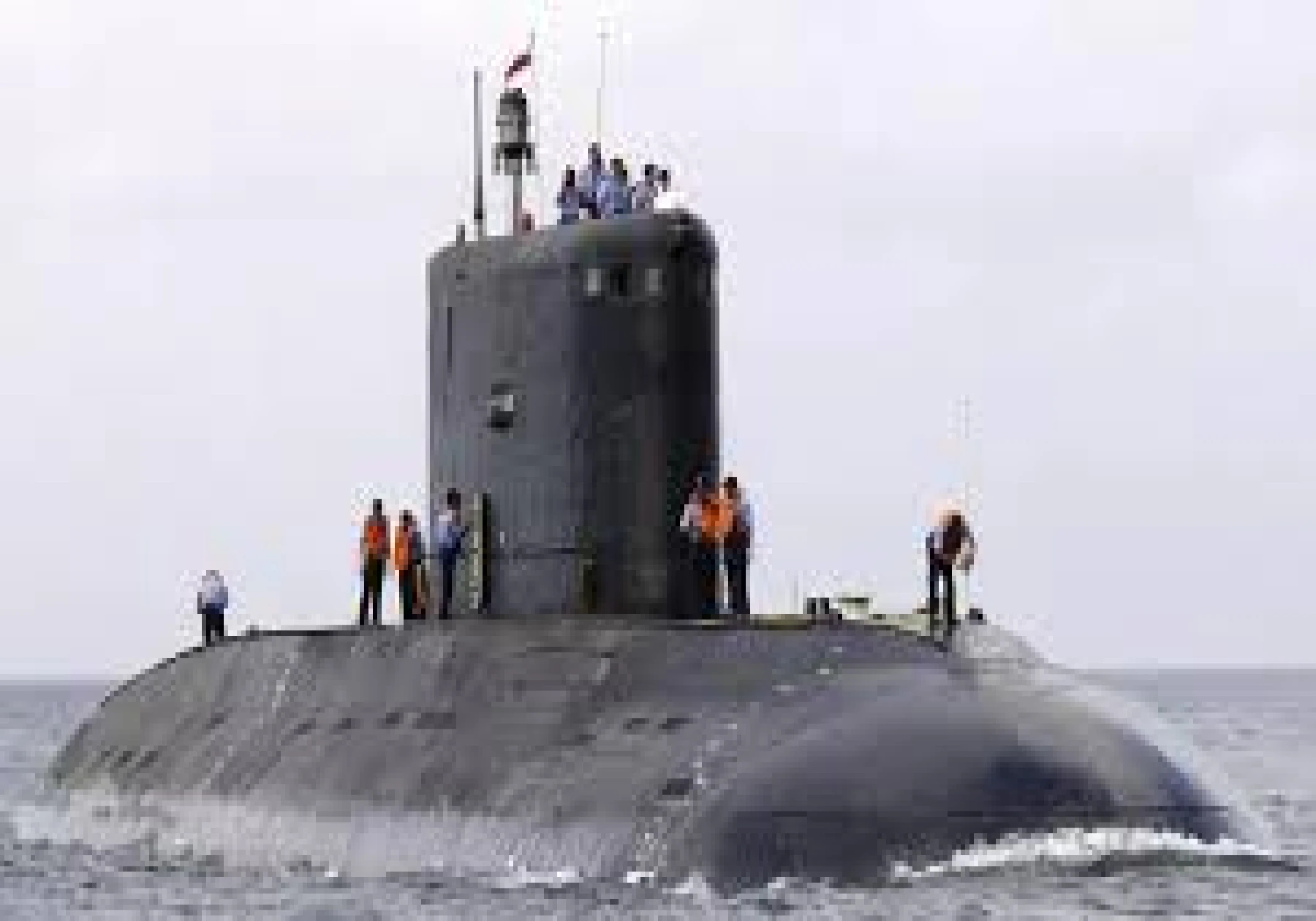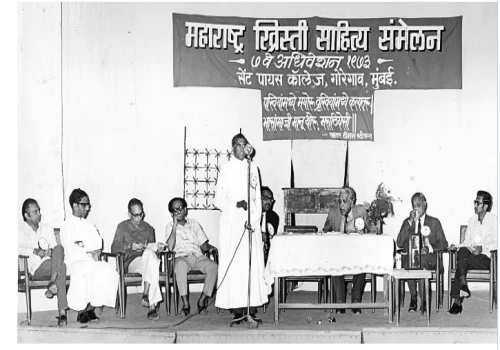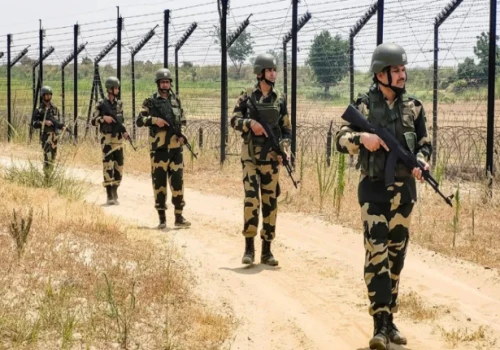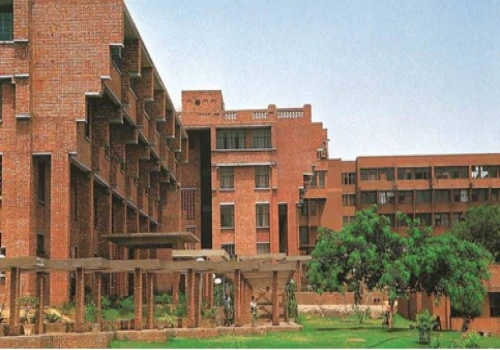
Today, India is set to bolster its naval capabilities by commissioning its second nuclear missile submarine, marking a significant milestone in the country’s maritime security and strategic deterrence. The submarine, named INS Arighat, will be formally inducted into the Indian Navy by Defence Minister Rajnath Singh at a ceremony attended by senior military officials and defense industry representatives. Admiral Dinesh Tripathi, the chief of naval staff, Vice Admiral Suraj Berry, the head of the Indian strategic command, and other DRDO personnel will be present for the commissioning. India will be the strategic command center for the SSBN.
The INS Arighat has been built under the Advanced Technology Vessel (ATV) program, a classified initiative aimed at developing India’s domestic nuclear submarine capabilities. The submarine is equipped with state-of-the-art technology, including a nuclear reactor that provides it with unlimited underwater endurance and the ability to remain submerged for extended periods. It can carry ballistic missiles with a range of over 3,500 kilometers, allowing it to deliver a second-strike capability if required.
Measuring around 111 meters in length and weighing approximately 6,000 tonnes when submerged, the INS Arighat can carry a complement of around 95 officers and sailors. The submarine has been fitted with advanced sonar and weapon control systems, enhancing its ability to detect and engage enemy vessels.
The successful construction and commissioning of the INS Arighat also underscore India’s progress in indigenous defense manufacturing. The submarine was built at the Ship Building Centre in Visakhapatnam in collaboration with the Defence Research and Development Organisation (DRDO), the Indian Navy, and other Indian defense entities. This project represents a significant achievement in India’s push towards self-reliance in defense production under the "Make in India" initiative.
India will now have two SSBNs, INS Arihant (S-2) and INS Arighat, patrolling the high seas as an essential component of its second-strike capabilities and nuclear triad.











